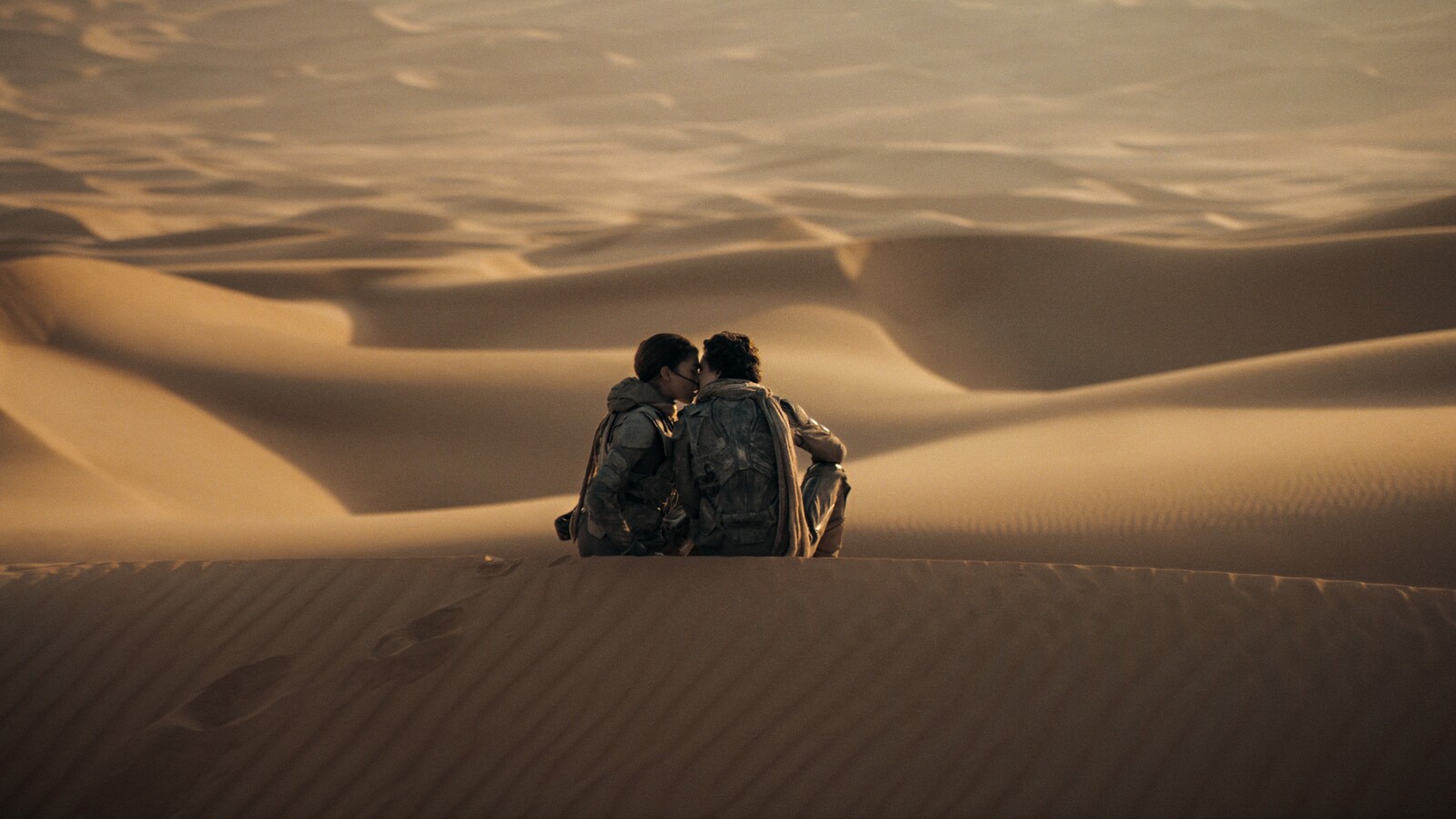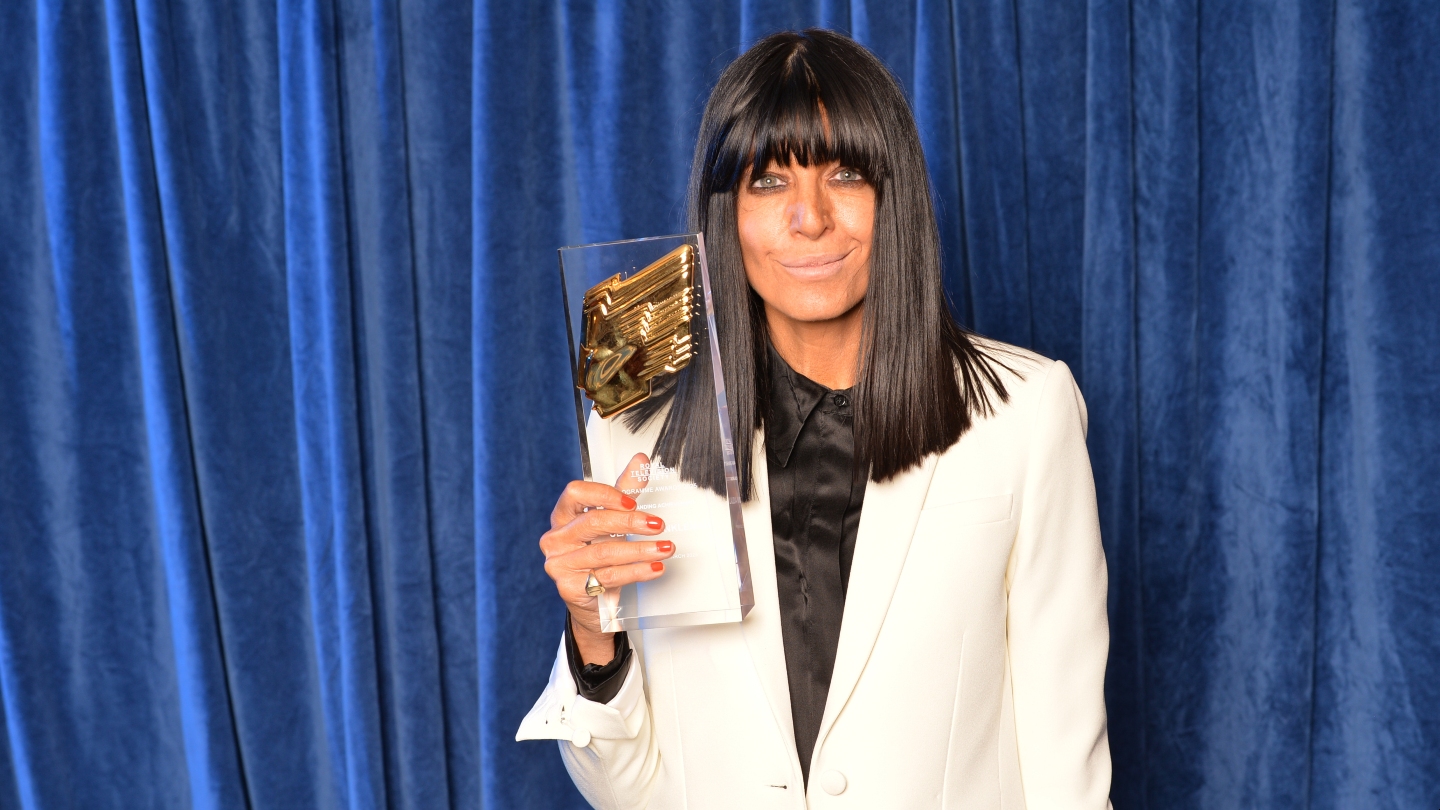The highly-anticipated sequel to the epic Dune: Part One had the challenge of communicating the deeper narrative of the original novels all the while creating a standalone film, reports Adrian Pennington.
Perhaps the standout sequence in Dune: Part Two is Paul Atreides’ triumphant ride of a colossal sandworm. It’s a scene that has been 40 years in the making since director Denis Villeneuve first drew storyboards of it as a teenager and required three months on location and considerable work by editor Joe Walker who compares it and other parts of the sequel to a Bond film.
“The very first thing I saw of Dune: Part Two was previz for that scene,” Walker tells IBC365. “It was meticulously worked out and shot by a dedicated unit under the command of producer and second unit director Tanya Lapointe but...
You are not signed in.
Only registered users can view this article.

BTS: Daredevil: Born Again
The Hell’s Kitchen of Disney’s masked vigilante reboot is given a grungy seventies overhaul by lead cinematographer Hillary Fyfe Spera

Behind the scenes: Squid Game 2
The glossy, candy-coloured design of Squid Game is a huge part of its appeal luring players and audiences alike into a greater heart of darkness.

Behind the scenes: Adolescence
Shooting each episode in a single take is no gimmick but additive to the intensity of Netflix’s latest hard-hitting drama. IBC365 speaks with creator Stephen Graham and director Philip Barantini.

Behind the scenes: Editing Sugar Babies and By Design in Premiere
The editors of theatrical drama By Design and documentary Sugar Babies share details of their work and editing preferences with IBC365.

Behind the scenes: A Complete Unknown
All the talk will be about the remarkable lead performance but creating an environment for Timothee Chalamet to shine is as much down to the subtle camera, nuanced lighting and family on-set atmosphere that DP Phedon Papamichael achieves with regular directing partner James Mangold.





